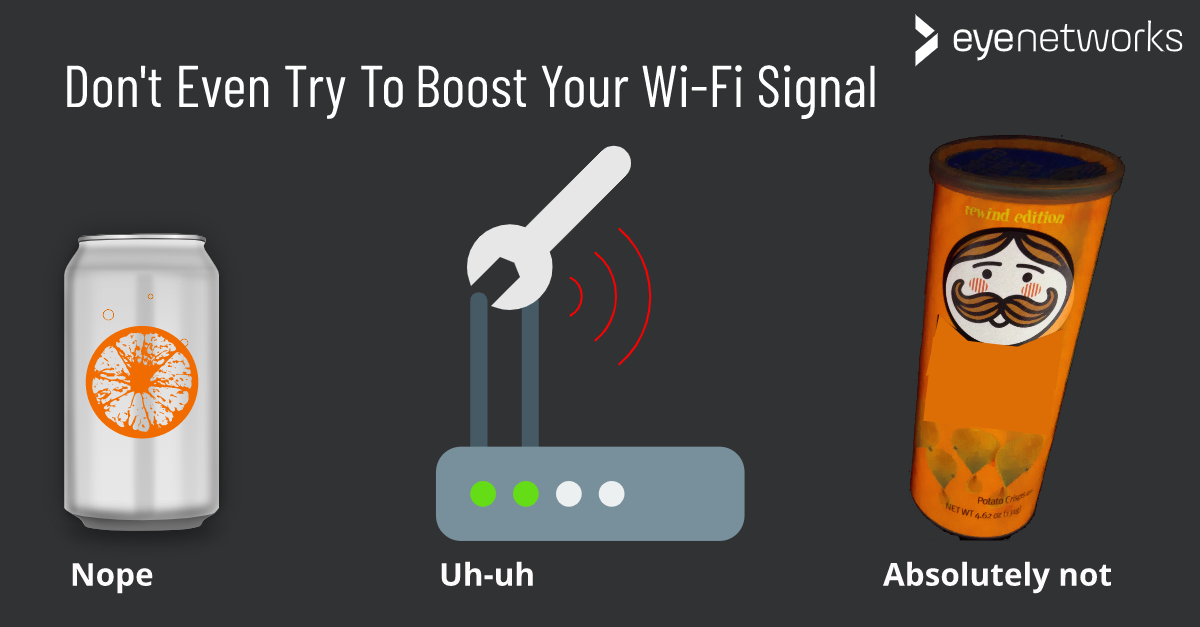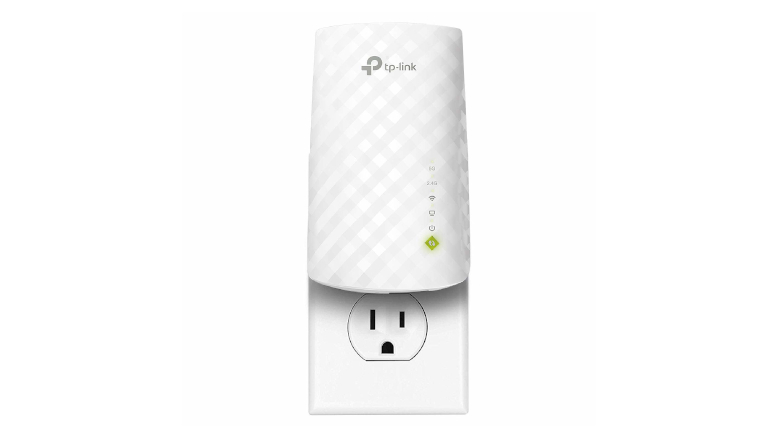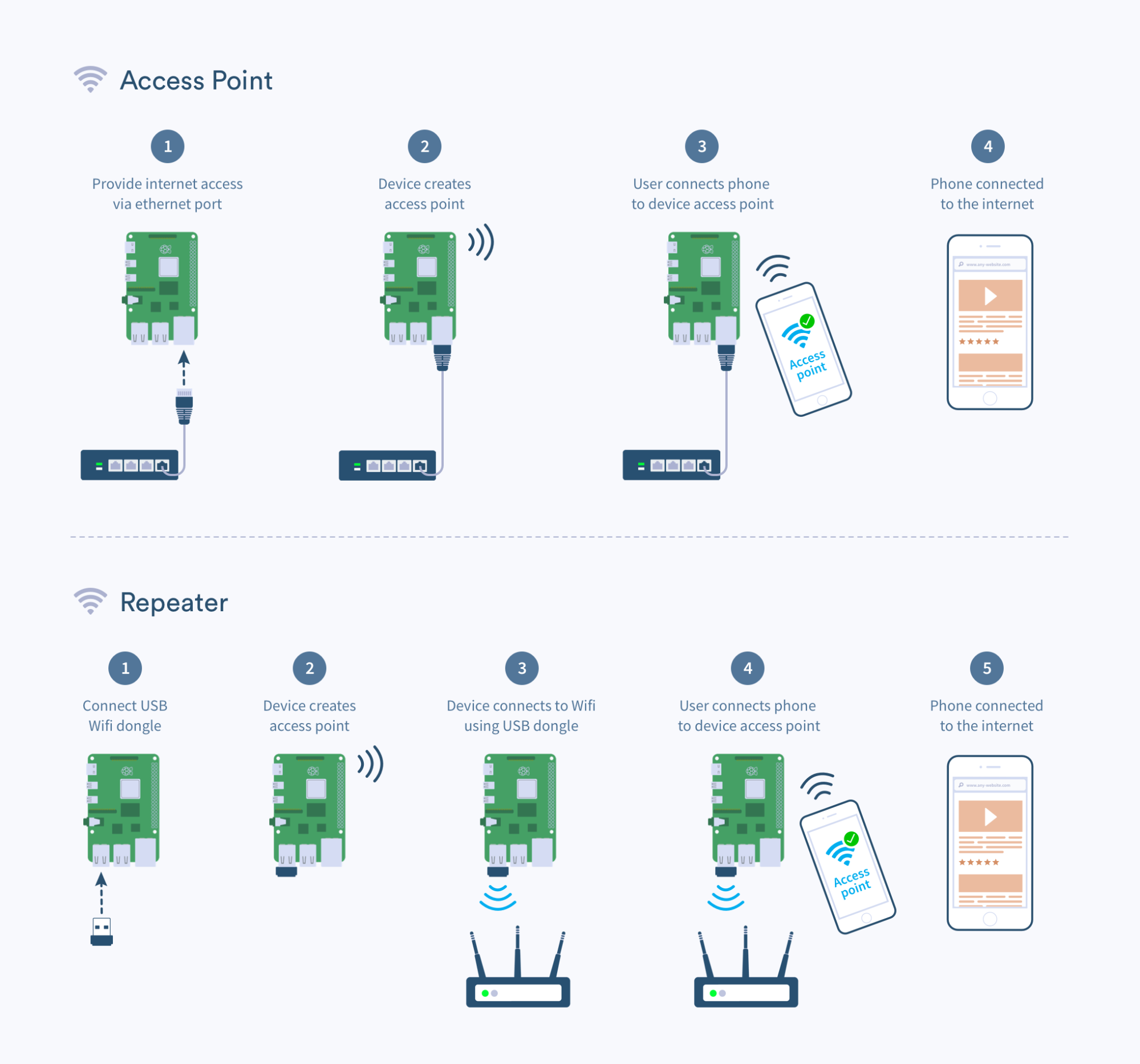

This is the final step in showing how cell phone boosters work to improve quality in your communications. The Inside Antenna: Broadcasts Signal to Your Phone But if the problem is at your office or your house in general, other amplifiers should be considered. If you only struggle with a poor network in your room at home, then a booster with a coverage of up to 1500 should be enough. However, the most extended scope doesn’t always mean the most appropriate one to your current situation. Usually, amplifiers come with a scope range from 500 to 7500 sq ft. The important thing to know about from amplifiers have to do with the scope of boosting that they can achieve. It receives the weak signal from the outside antenna and amplifies it, based on its specifications, to decibel levels that ensure you have better mobile network connectivity inside your home or vehicle. The amplifier, also called the booster, does the legwork. 4G and 4G LTE are estimated to last quite awhile as the main source of cellular data and voice. However, most cannot, as 5G standards are so wildly different from the traditional 4G, 4G LTE, or 3G technologies. In the case of the brand new 5G broadband, it’s being tested by carriers in some areas of the US, and a small number of signal boosters can now improve 5G networks, depending on the location and type of usage (e.g., commercial or familiar purposes).

There is no best or worst option the type of antenna that suits you the most depends on your specific needs and the situation surrounding you.Ĭurrently, almost all the antennas support either 3G or 4G broadband cellular networks. Antennas are either omnidirectional or unidirectional, and the difference lies in the degree from which they catch signal: up to 90° for directional antennas, or 360° in the case of omnidirectional antennas. Donor Antenna: Bring Existing Signal Insideĭonor antennas, colloquially known as outside antennas, receive the external signal from cell phone towers. The levels of radiation from boosters in the US can’t exceed the level that your phone produces, and there is no scientific research that proves that cell radiation is linked to health issues. One thing to consider is that decibels and radiation are two different concepts.

Signal boosters provide boosts as large as +25 dB, transforming near dead zones into good signal areas.ĭepending on aspects like location, distance from cell towers, or whether you’re in a house, vehicle, or commercial building, the gain of decibels will varyt. In other words, the goal is to get your decibel level as close to -50 dB as possible. Most people eke out existence somewhere between the two, and the closer you are to -120 dB, the more likely you’ll have slow internet and dropped calls.
#HOW DO WIFI AMPLIFIERS WORK HOW TO#
When translating from bars to decibels (as we explained in our post on how to boost cell signal), -50 dB generally equals full bars on most phones. Those bars that appear on the phone screen are your phone’s indicator of how powerful the signal is. Decibels Measure Signal Strengthĭecibels are the international standard unit used to measure signal strength. If you’ve experienced slow data speeds or dropped calls with family or colleagues who are miles away from you -and the cell tower distance doesn’t help either-, then the following points will teach us why cell phone boosters are the appropriate solution. Single and Multi-Carrier Signal Boosters: last but not least


 0 kommentar(er)
0 kommentar(er)
